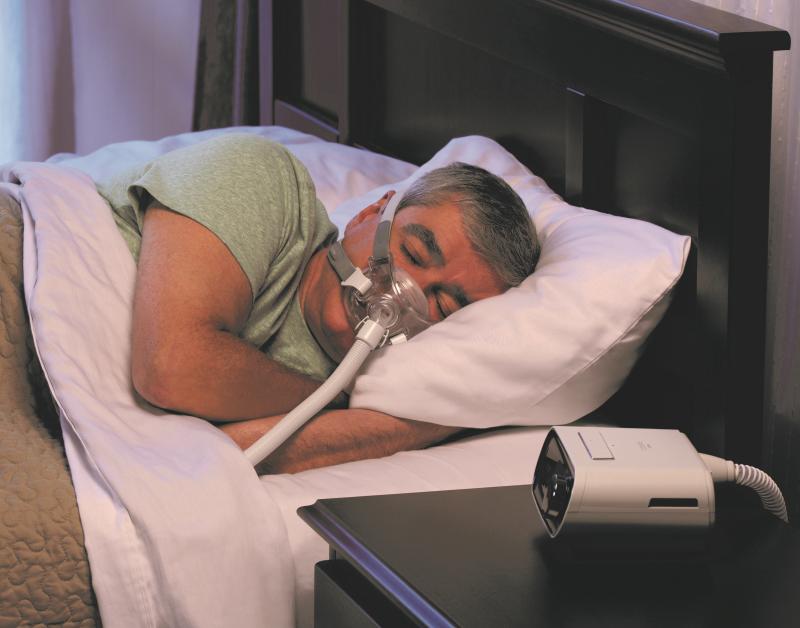
Bilevel positive airway pressure (BPAP) appears to be an effective therapeutic option in patients with moderate-to-severe obstructive sleep apnoea (OSA) who fail continuous positive airway pressure (CPAP) therapy due to low adherence, achieving adequate control of sleep-disordered breathing and its symptoms while being well tolerated, suggests a study.
Fifty-two patients with OSA requiring CPAP >15 cm H2O (mean age, 58 years; 71 percent male; body mass index [BMI], 42.6 (10.1) kg/m2; apnoea–hypopnea index (AHI), 51.1/h) met the eligibility criteria. Of these, 62 percent had respiratory comorbidities affecting nocturnal breathing, including obesity hypoventilation syndrome and chronic obstructive pulmonary disease; 25 percent had neuromuscular conditions; and 17 percent had cardiovascular disease.
Patients used CPAP for 199 days (range, 106–477) prior to referral for BPAP. CPAP failure were due to the following: intolerant pressures (23 percent), uncontrolled symptoms (23 percent), mask problems (21 percent), adverse effects (13 percent), claustrophobia (8 percent), comorbidities (8 percent) and other issues (4 percent).
Lower expiratory positive airway pressures were required with BPAP compared to CPAP (10.0 vs 16.8 cm H2O; p=0.001). Patients showed better adherence to BPAP (7.0 vs 2.5 h/night; p=0.028) and achieved better control of symptoms (Epworth Sleepiness Scale [ESS], 4.0 vs 10.0 points; p=0.039).
This study included OSA patients who failed CPAP (usage <4 h/day) and were referred to a tertiary sleep centre between 2014 and 2017 for BPAP. The authors recorded the following data: age, gender, BMI, comorbidities, CPAP use and reasons for failure, ESS, sleep study data, spirometry data and average maximum nightly compliance.
“CPAP is the most common treatment for OSA, but many patients fail long-term therapy,” the authors said. “BPAP is a potential alternative.”